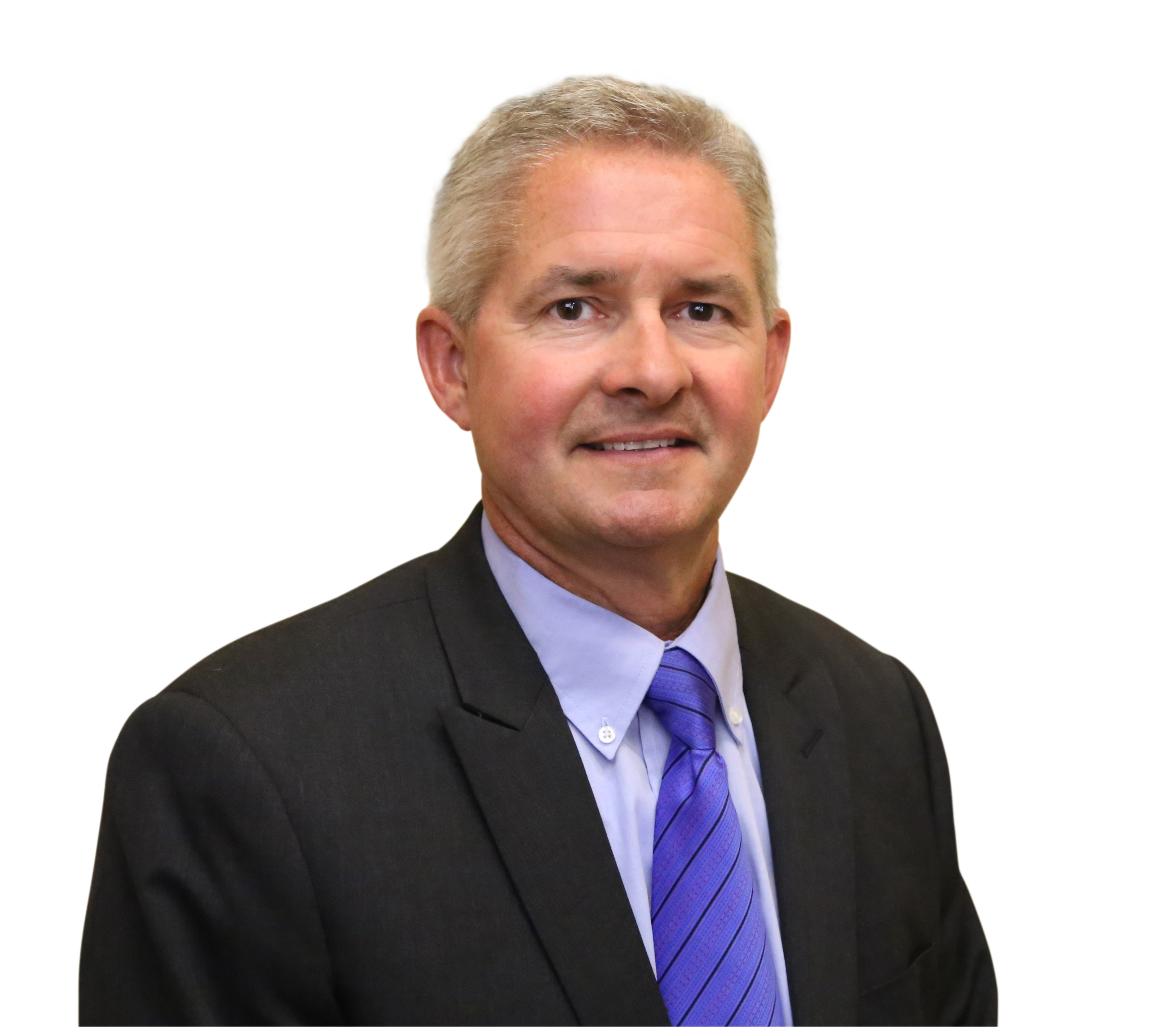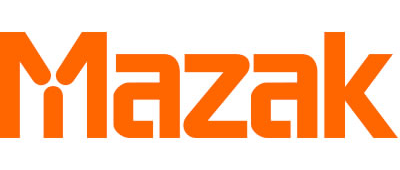
With experience in the manufacturing industry dating back to the age of 13, Mazak President Dan Janka once again has accepted the position of chairman of the board of The Association of Manufacturing Technology.
Janka, an AMT member since 2005, last served as chairman in 2010. He retired from the board in 2013, but remained an active committee member and attended the association’s forecasting conferences.
Janka’s first exposure to manufacturing came with milling and turning machines in his father's basement hobby machine shop. In high school, Janka opted for a vocational path, attending classes during the first half of each day and working in a machine shop the second half. After graduation, he attended Illinois Valley Community College, where he received an associate degree in mechanical technology.
In the early 1980s, Janka put himself through a four-year college degree program while still running NC machines, welding, and performing other tasks at a machine shop. He graduated from Southern Illinois University with a bachelor’s degree in industrial engineering and technology. With his combined degrees, Janka originally was hired into the machine tool industry in 1984 as a software systems developer and analyst. In this initial position, he developed post-processors for 5 to 11-axis CNC machines, one of which was a composites tape layer machine that produced wings and structures for the US B-2 Bomber.
His extensive manufacturing education and work experience primed Janka for numerous executive positions in the machine tool industry, and in 2016, he became President of Mazak.
The AMT approached Janka in 2021 about accepting the chairman position again. “I was a bit hesitant,” said Janka, “mainly because, my position at Mazak is my top priority and main commitment. However, I felt that serving on the AMT board again is a way for Mazak and myself to give back to the industry I’ve been in my entire life. And, like me, AMT is a steadfast advocate for manufacturing.”
According to Janka, the AMT is critical to the U.S. industry. They are a staunch promoter of manufacturing and provide critical services, including the best manufacturing market data and information of any association, in addition to their ownership of IMTS, the industry’s leading manufacturing and technology show.
Janka added that the AMT also helps drive and accelerate the adoption of new technologies, and with events such as IMTS, it creates an environment in which to promote and display those technologies. Additionally, as a champion of software and digital technology manufacturing solutions, AMT initially created and funded the development of MT Connect. The protocol now is an industry-standard that allows manufacturing assets to communicate with one another on the shop floor to facilitate process monitoring.
“I’m 100% behind ‘made in the USA,’ and manufacturing in this country is my passion,” said Janka. “With that, my goal throughout my career has been to help promote and develop the next generation of young engineers and manufacturers. And my position as the AMT chairman is an effective means toward that goal.”
Contact Details
Related Glossary Terms
- composites
composites
Materials composed of different elements, with one element normally embedded in another, held together by a compatible binder.
- computer numerical control ( CNC)
computer numerical control ( CNC)
Microprocessor-based controller dedicated to a machine tool that permits the creation or modification of parts. Programmed numerical control activates the machine’s servos and spindle drives and controls the various machining operations. See DNC, direct numerical control; NC, numerical control.
- gang cutting ( milling)
gang cutting ( milling)
Machining with several cutters mounted on a single arbor, generally for simultaneous cutting.
- milling
milling
Machining operation in which metal or other material is removed by applying power to a rotating cutter. In vertical milling, the cutting tool is mounted vertically on the spindle. In horizontal milling, the cutting tool is mounted horizontally, either directly on the spindle or on an arbor. Horizontal milling is further broken down into conventional milling, where the cutter rotates opposite the direction of feed, or “up” into the workpiece; and climb milling, where the cutter rotates in the direction of feed, or “down” into the workpiece. Milling operations include plane or surface milling, endmilling, facemilling, angle milling, form milling and profiling.
- numerical control ( NC)
numerical control ( NC)
Any controlled equipment that allows an operator to program its movement by entering a series of coded numbers and symbols. See CNC, computer numerical control; DNC, direct numerical control.
- turning
turning
Workpiece is held in a chuck, mounted on a face plate or secured between centers and rotated while a cutting tool, normally a single-point tool, is fed into it along its periphery or across its end or face. Takes the form of straight turning (cutting along the periphery of the workpiece); taper turning (creating a taper); step turning (turning different-size diameters on the same work); chamfering (beveling an edge or shoulder); facing (cutting on an end); turning threads (usually external but can be internal); roughing (high-volume metal removal); and finishing (final light cuts). Performed on lathes, turning centers, chucking machines, automatic screw machines and similar machines.







